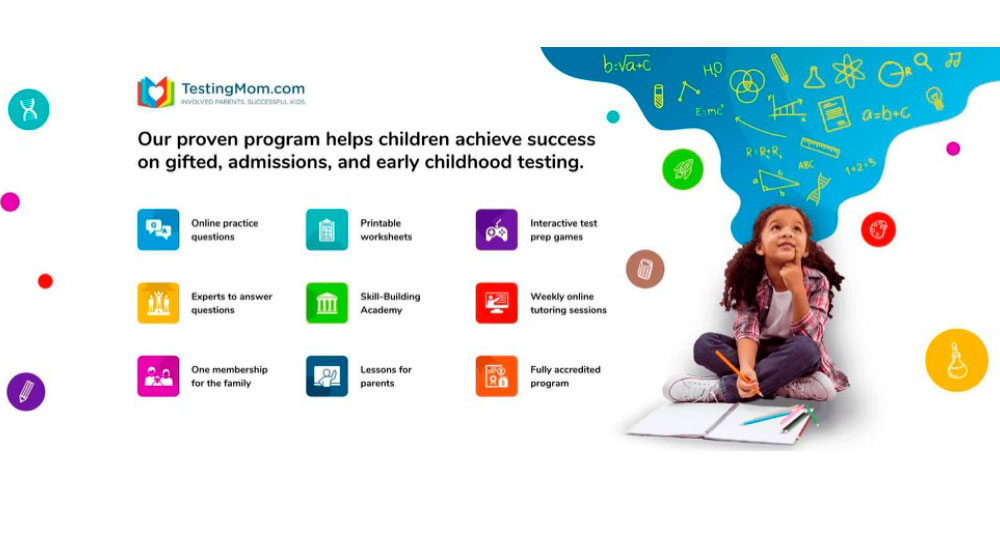10 Strategies to Help Kids Reduce Screen Time
In today’s digital age, children are exposed to screens more than ever. While technology offers educational benefits, excessive screen time can lead to various issues, including hindered social skills, reduced physical activity, and disrupted sleep patterns. Interestingly, tech executives don’t want their kids using technology; they want their children to be outdoors and participate in engaging activities.
Here are ten effective strategies to help kids enjoy less screen time and engage in healthier activities.
1. Set Clear Limits
Establish daily screen time limits that are appropriate for your child’s age. Create a family media plan that outlines when and how long screens can be used. Consistency in enforcing these rules is essential for effective management.
2. Encourage Outdoor Activities
Introduce your children to outdoor sports and activities. Whether it’s biking, hiking, or playing at the park, outdoor experiences provide physical exercise and opportunities for socialization, allowing children to burn off energy while having fun.
3. Promote Family Time
Focus on family activities that don’t involve screens. Game nights, cooking together, or engaging in crafts can create lasting family bonds while reducing reliance on technology for entertainment.
4. Lead by Example
Model appropriate screen time behaviors. If you limit your own screen use and prioritize face-to-face interactions and physical activities, your children are more likely to follow suit.
5. Create Tech-Free Zones
Designate specific areas of your home as tech-free zones, such as the dining room and bedrooms. This encourages family conversations during meals and promotes healthier sleep habits by keeping screens out of the bedroom.
6. Encourage Reading
Foster a love for books. Create a cozy reading nook and encourage your children to explore a variety of genres. This not only reduces screen time but also enhances literacy skills and imagination.
7. Introduce Hobbies
Help your children find hobbies that interest them, such as drawing, gardening, or playing a musical instrument. When children are engaged in creative and fulfilling activities, they are less likely to gravitate toward screens out of boredom.
8. Use Technology Wisely
If screens are necessary for educational purposes, guide your children toward educational content. Select apps and programs that promote learning and establish specific times for their use to maintain a balanced schedule.
9. Create a Schedule
Structure your child’s daily routine to include time for homework, chores, outdoor play, and creative activities. A well-organized schedule helps fill their day with diverse activities, leaving limited time for screens.
10. Reward System
Implement a reward system for reducing screen time. Create a chart where children can track their non-screen activities and earn incentives for meeting weekly goals. Positive reinforcement can motivate them to stay engaged in more productive pursuits.
In conclusion, reducing screen time is crucial for children’s overall well-being and development. By implementing these strategies, parents can create a balanced environment that encourages healthy habits, fosters creativity, and nurtures strong family connections. Making gradual changes will not only benefit children but can also lead to a more active and enriched family lifestyle.
© Corporate Counsel Women of Color 2025. All Rights Reserved





